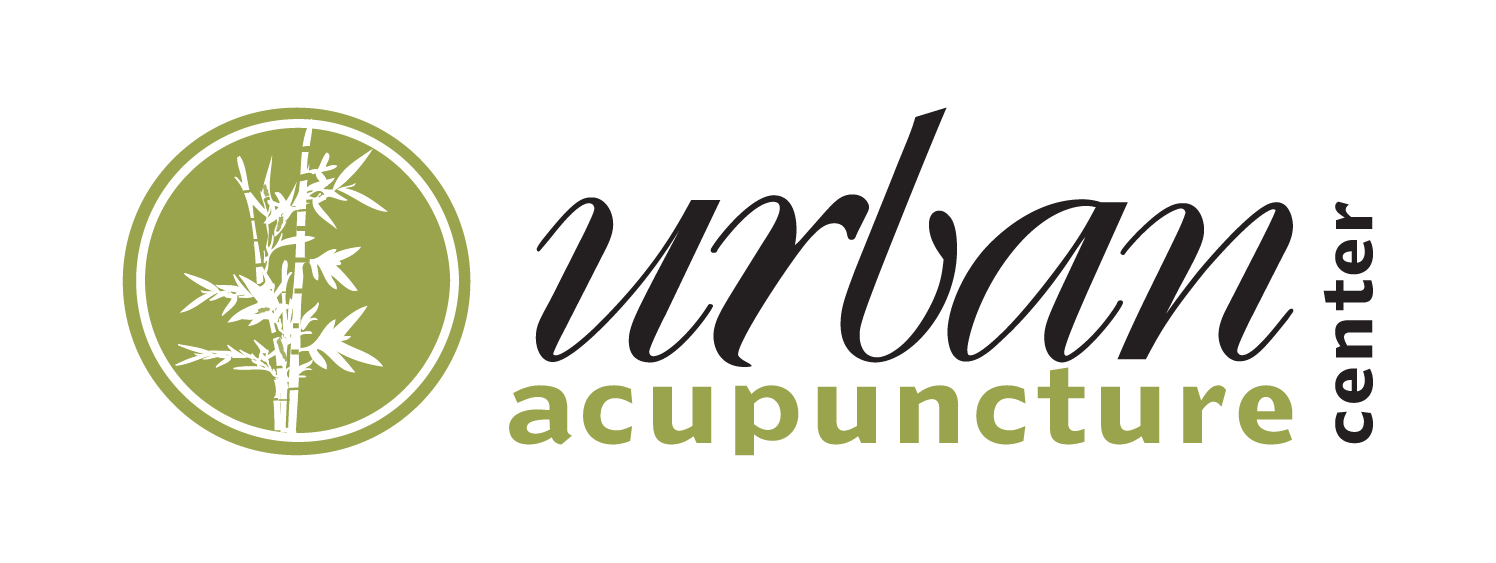Rolfing® Structural Integration
In the realm of alternative therapies promoting holistic wellness, Rolfing® Structural Integration stands out as a profound method that addresses physical alignment, movement, and overall vitality. Developed by Dr. Ida P. Rolf in the mid-20th century, this systematic approach aims to reorganize the body’s structure, fostering balance and improved functionality. But what exactly is Rolfing and how does it work?
The Foundation of Rolfing Structural Integration
At its core, Rolfing is a form of bodywork centered on manipulating the body’s myofascial system—the interconnected network of muscles, connective tissues, and fascia—to enhance alignment and alleviate strain. Fascia, a web-like tissue surrounding muscles and organs, plays a crucial role in maintaining bodily structure. Rolfers work to release tension and reshape this tissue to bring about positive structural changes.
The Ten-Series Approach
Central to Rolfing is the Ten-Series, a systematic series of sessions designed to address specific areas of the body gradually. Each session focuses on different segments, targeting alignment, mobility, and balance. Rolfing practitioners employ hands-on techniques, applying pressure and manipulation to release tension, encourage better movement patterns, and realign the body’s structure over the ten-session course.
Goals and Benefits of Rolfing
Rolfing aims to improve posture, flexibility, and overall well-being by resolving imbalances and restrictions within the body. By restoring optimal alignment, this practice seeks to alleviate chronic pain, enhance mobility, and promote greater ease and efficiency of movement. Rolfing is not solely about addressing physical issues but often leads to emotional and psychological benefits, fostering a deeper mind-body connection and heightened self-awareness.
Rolfing in Practice
During a Rolfing session, a Rolfer assesses the client’s posture, movement patterns, and areas of tension or imbalance. The practitioner then employs hands-on techniques, applying pressure and gentle manipulation to address these areas. Clients may experience a combination of sensations, from pressure and stretching to relaxation, as the body responds to the Rolfing process.
Integrating Rolfing into Wellness Practices
Rolfing is not a quick fix; it is a process that unfolds over time, aiming for lasting changes in the body’s structure and movement patterns. Many individuals incorporate Rolfing into their wellness routines to complement other practices such as yoga, Pilates, or physical therapy. Regular sessions can facilitate ongoing improvements in posture, mobility, and overall vitality.
Conclusion: A Holistic Path to Alignment and Well-being
Rolfing Structural Integration stands as a holistic approach to achieving optimal body alignment and well-being. By addressing the body’s structural imbalances and enhancing its natural movement potential, Rolfing offers individuals an opportunity to experience improved physical comfort, greater flexibility, and an enhanced sense of overall vitality and well-being. Whether seeking relief from chronic pain or aiming for enhanced physical performance, Rolfing presents a pathway to align the body, restoring balance, and fostering a deeper connection between body and mind.
Contact Urban Acupuncture Center in Columbus, OH For More Information
For more information about how acupuncture, massage therapy and other alternative healing treatments can help you, please contact the Urban Acupuncture Center Board Certified Licensed Acupuncturist’s team at Indianola Ave, Columbus, Ohio (Clintonville) (614) 725-2488 or click here. Taking new patients in and around greater Columbus, Ohio.
